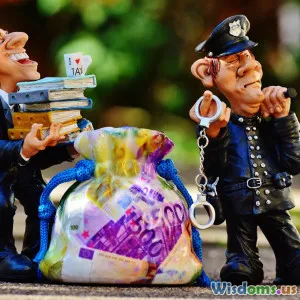
Are CEOs Above the Law Debunking Myths About Executive Crime
14 min read Explores the legal accountability of CEOs, debunking myths about executive crime and clarifying CEOs’ susceptibility to the law. (0 Reviews)
Are CEOs Above the Law? Debunking Myths About Executive Crime
From headlines about financial scandals to popular TV dramas portraying untouchable billionaires, many people believe that CEOs and corporate executives operate in a world with different rules. "The bigger the company, the less likely its leaders face the consequences," the thinking goes. But is this perception accurate, or do the facts reveal a far more nuanced reality? This article cuts through the myths and brings real-world scrutiny to the question: Are CEOs above the law?
The Origins of the "Untouchable CEO" Myth
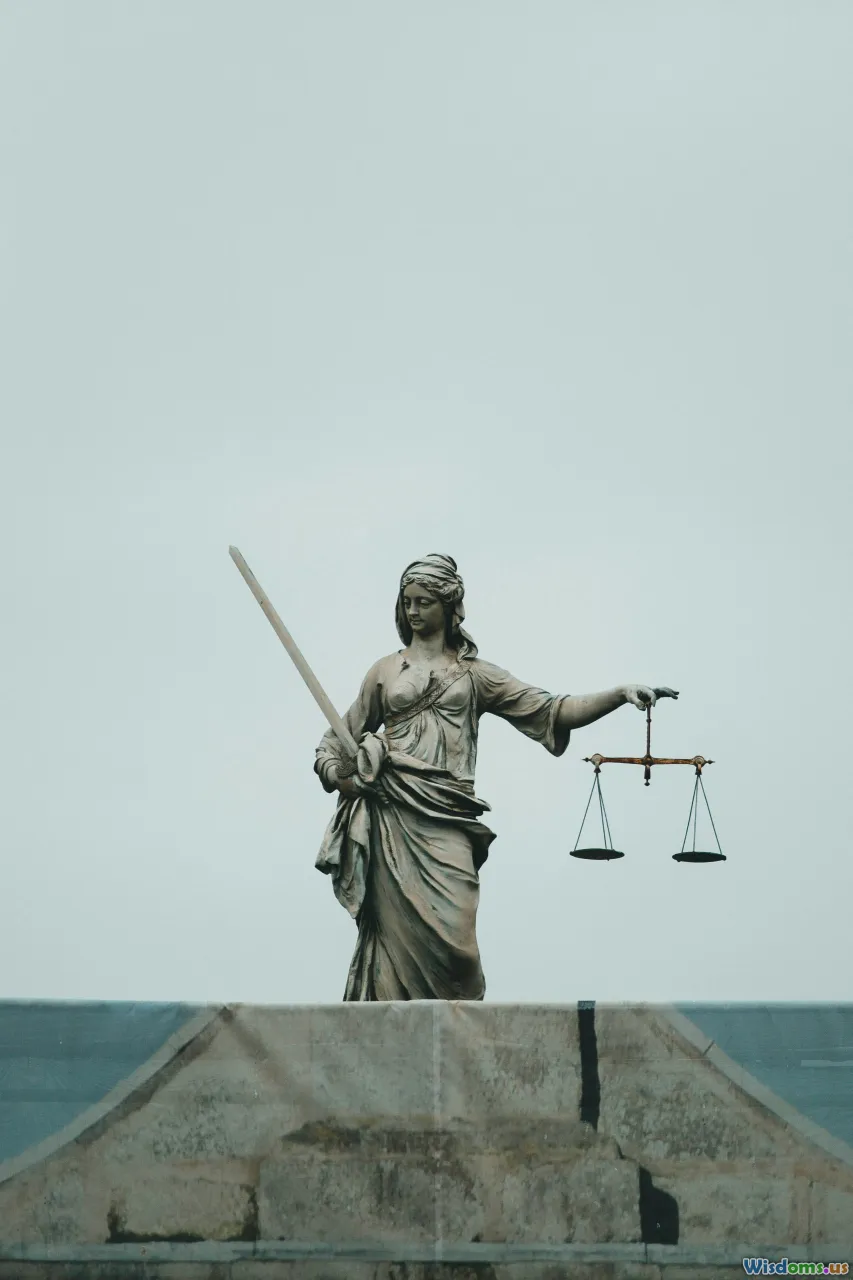
The perception that top executives are immune to legal consequences isn't born from thin air. Its origins can be traced to historical events that eroded public trust, often amplified by media coverage.
High-Profile Scandals
Major financial scandals have shaped collective opinion, most notably:
- Enron (2001): Top executives, including CEO Jeffrey Skilling and chairman Kenneth Lay, manipulated financial statements to hide billions in debt. The fallout was enormous, stripping employees of savings -- yet, while Lay died before sentencing, Skilling received prison time.
- Volkswagen Dieselgate (2015): The emissions scandal saw Volkswagen cheat on environmental regulations. Several executives faced criminal charges, and the company has paid over $30 billion in fines and settlements.
- Wells Fargo Fake Accounts (2016): Executives fostered a culture in which millions of unauthorized bank accounts were opened. Former CEO John Stumpf retired and forfeited tens of millions but avoided prison; lower-tier managers bore most penalties.
The Media's Role in Shaping Perceptions
Moderate consequences or ongoing investigations can be misconstrued in news cycles as a lack of serious pursuit. Public fascination with figures such as Elon Musk adds fuel to the fire. Still, carefully examining case outcomes can challenge oversimplified narratives.
How the Legal System Pursues Executives
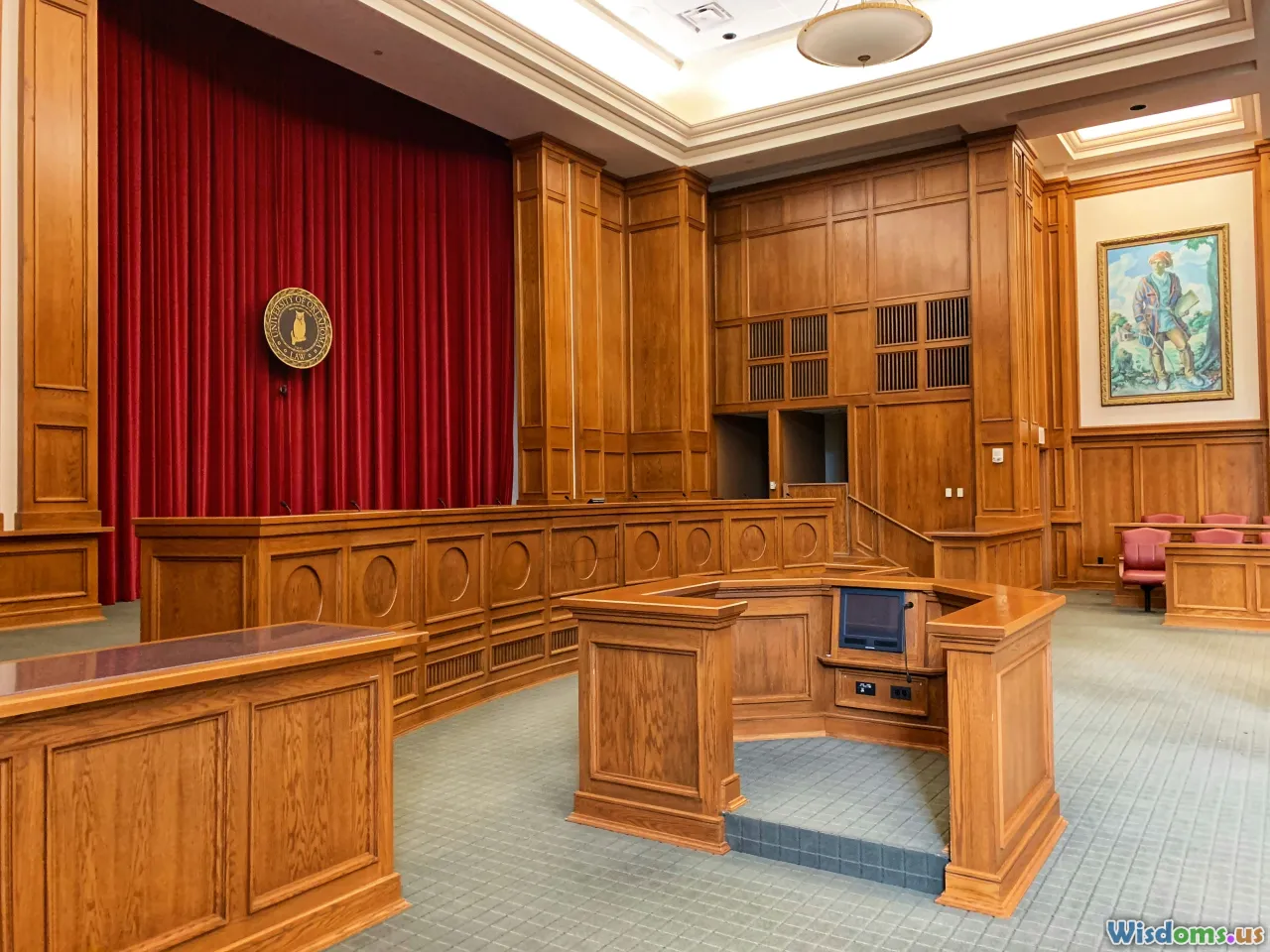
Understanding how the justice system deals with alleged corporate wrongdoing requires a look at how investigations and prosecutions unfold for high-ranking individuals.
The Complexity of White-Collar Crime
Unlike crimes of violence, white-collar violations are frequently sophisticated and deeply embedded in complex market mechanisms. Investigations often span years:
- Multi-layer Investigations: Regulatory agencies—like the SEC, DOJ, and state attorneys general—must delve through vast documents, encrypted emails, and convoluted transactions.
- Legal Safeguards: The accused, including CEOs, are afforded the presumption of innocence, aggressive legal defenses, and often top-notch counsel. This is a reflection of due process, not favoritism.
Cases of Executive Convictions
Despite the challenges, authorities regularly prosecute top executives:
- Martin Shkreli (Turing Pharmaceuticals): Convicted in 2017 of securities fraud and conspiracy, Shkreli was sentenced to seven years in prison.
- Elizabeth Holmes (Theranos): Found guilty of fraud in 2022, Holmes faces more than eleven years behind bars for deceiving investors and patients.
- Bernie Ebbers (WorldCom): Sentenced to 25 years in federal prison for orchestrating an $11 billion fraud that led to the company's bankruptcy.
These examples illustrate that serious executive wrongdoing can, and does, lead to significant punishment.
Comparing Executive Crime to Blue-Collar Crime: Are Penalties Fair?
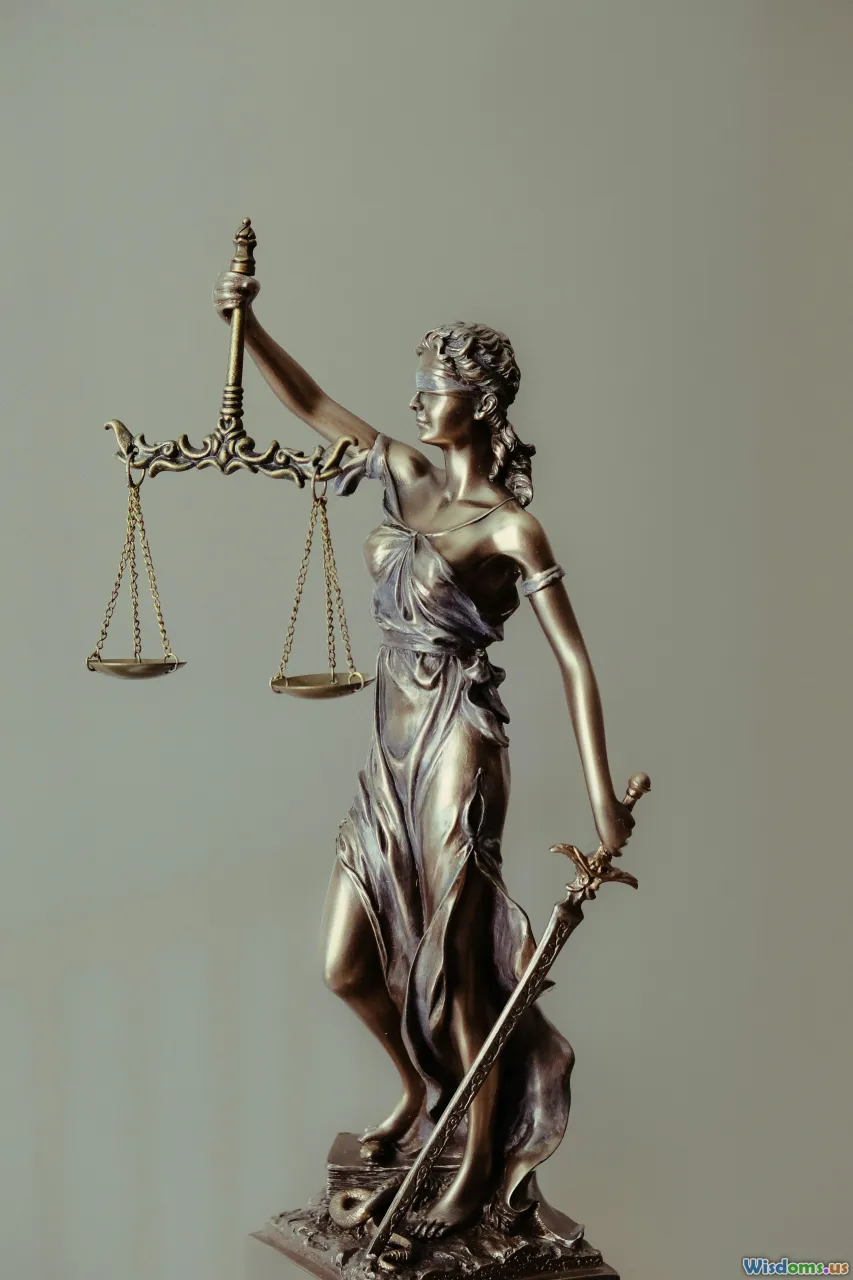
A core aspect of the "above the law" myth is the idea that CEOs face less severe consequences for their crimes while blue-collar offenders receive the full weight of the law.
Statistical Insights
Investigative journalists and watchdog groups have studied conviction rates and sentencing disparities:
- Federal Sentencing Commission (2022): Individuals convicted of fraud or corporate corruption serve, on average, less than those convicted of violent crimes—yet the financial and social impact are far greater for corporate crimes.
- Opportunity for Rehabilitation: Judges often cite lack of physical threat as reason for leniency, but public outcry over this rationale has increased scrutiny in high-profile cases.
Perceived vs. Actual Accountability
While blue-collar crimes are generally reported, prosecuted, and sentenced swiftly, white-collar cases can seem to move slowly. Plea deals, out-of-court settlements, and non-disclosure agreements often resolve executive wrongdoing behind the scenes, fostering perceptions of leniency even when financial restitution or public shaming is substantial.
The Real Impact of Financial Penalties
It’s worth noting that financial penalties can derail an executive’s career and personal wealth, but for some ultra-rich, fines can seem like minor inconveniences rather than real deterrents. This is why calls for stricter prison sentences and lifetime bans from industry recidivism remain persistent.
Legal and Regulatory Obstacles to Holding CEOs Accountable
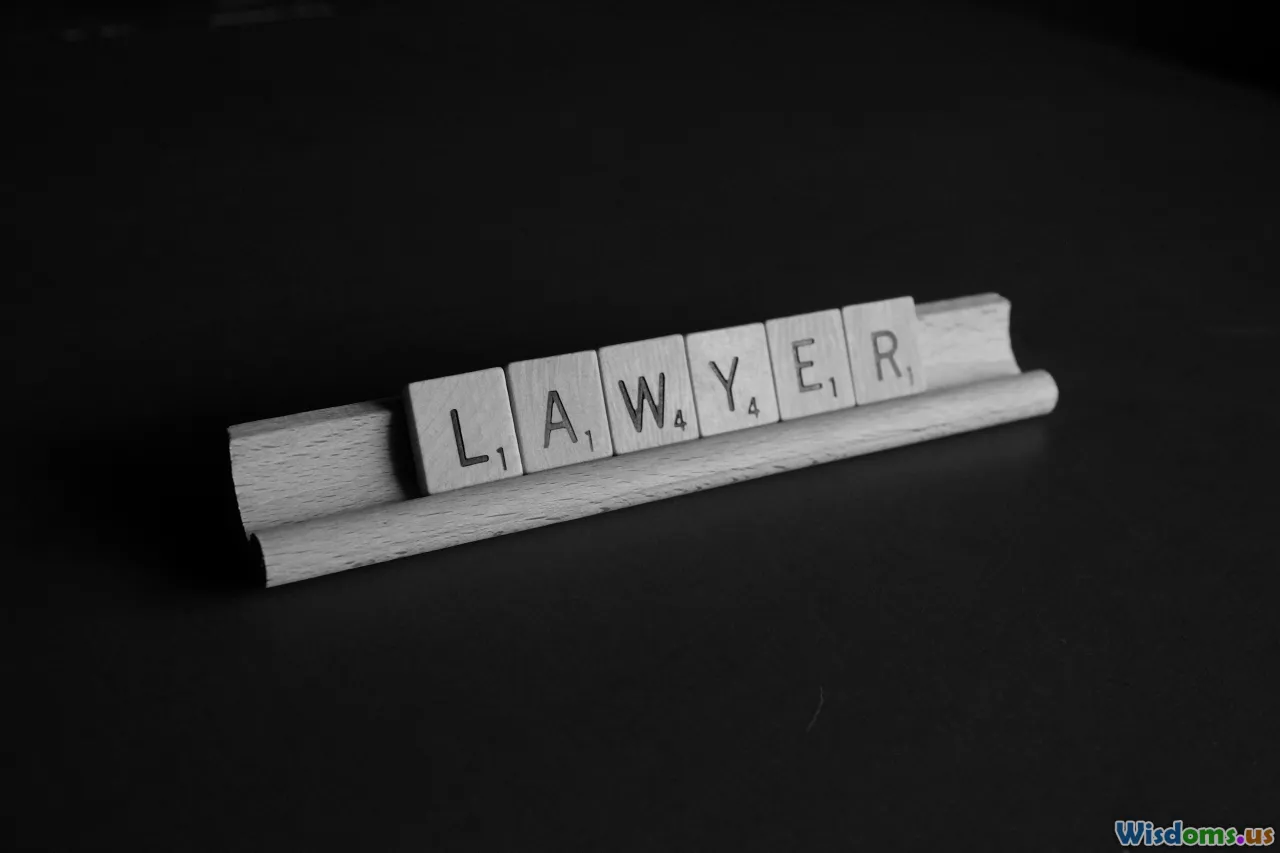
Some CEOs do escape prosecution—not due to immunity or status, but because of the following built-in challenges:
Proving Individual Guilt
Criminal law requires a high burden of proof. To hold a CEO responsible:
- Prosecutors must link decisions directly to the accused, not just to systemic failures.
- Many CEOs can plausibly argue they were unaware of illegal acts (the “ignorance defense”), particularly in sprawling global organizations.
Corporate Structures and Legal Shields
Modern conglomerates use multiple layers—subsidiaries, limited liability companies, indemnification clauses—that insulate executives. For example:
- In the BP Deepwater Horizon oil spill (2010), prosecutors managed to convict some managers, but the broader executive leadership emerged relatively unscathed, protected in part by corporate structure.
Evolving Corporate Regulations
Recent legislation has targeted closing loopholes, such as the Sarbanes-Oxley Act (2002), which holds CEOs personally responsible for financial statements, and the Dodd-Frank Act (2010) which empowers whistleblower programs and increases oversight. Still, enforcement lags and regulatory gaps persist.
The Rise of Shareholder and Public Pressure
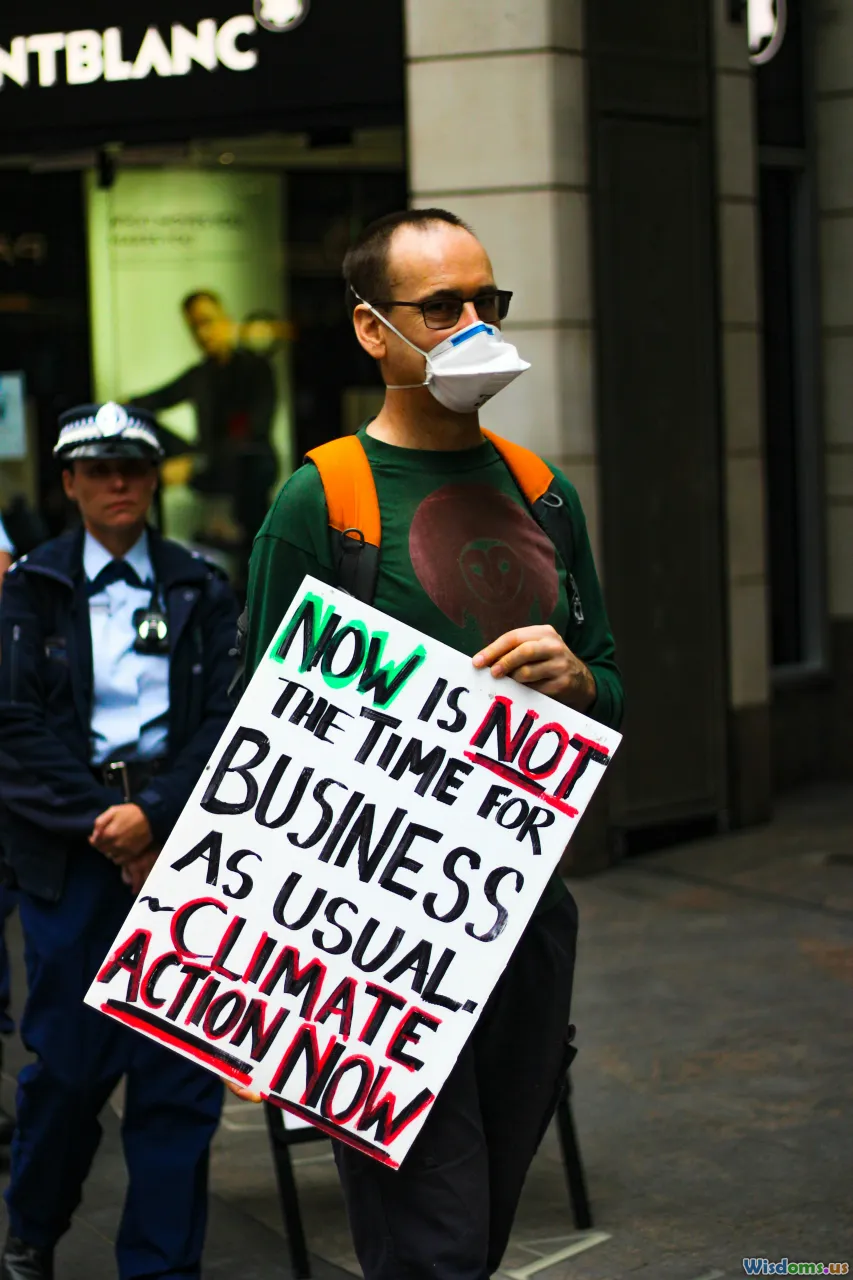
In the age of social media and online activism, public and shareholder pressure are increasingly potent checks on executive misbehavior.
Activist Investors and Board Oversight
Shareholders in major firms now demand transparency and accountability. Recent developments include:
- Activist campaigns forcing leadership changes after scandals (e.g., Uber’s Travis Kalanick stepping down amid workplace culture crises in 2017).
- Adoption of Clawback Clauses: More boards are inserting policies that require executives to return bonuses earned under false financial results or unethical behaviors.
Social Media
Online platforms expose misdeeds immediately. Public outrage around executive impropriety now regularly leads to resignations or forced retirements even before legal action is complete—such as the ouster of high-profile leaders during the #MeToo movement.
Whistleblowers and Internal Checks
Regulatory agencies incentivize whistleblowing; true, not every claim is substantiated, but more executives are being called to account from within their own organizations than ever before.
The Global Perspective: International Variations in CEO Accountability

How executives are investigated and prosecuted varies significantly worldwide—sometimes reinforcing, other times refuting, the "above the law" myth.
Europe: Stricter Laws, Swifter Action
- France and Germany have stricter penalties for financial misconduct, with CEOs more likely to face personal prosecution.
- Volkswagen and Airbus: Both companies saw senior managers and even board members face criminal proceedings, reflecting more aggressive enforcement in Europe compared to the US.
Asia: Cultural Differences and Legal Realities
- In Japan, the concept of executive shame can lead to resignations and public apologies—even suicides—though criminal prosecutions are rare and lengthy.
- China has recently intensified anti-corruption measures, with foreign and domestic executives routinely facing prison—even capital punishment, particularly in state-owned industries.
The U.S.: Rule of Law vs. Business Interests
While the US has robust enforcement mechanisms, business lobbies wield significant power and seek to influence regulation; nonetheless, recent developments (Holmes, Shkreli) signal that no one is fully above accountability, particularly as public pressure mounts.
How Society Can Strengthen Executive Accountability

Rather than rely on high-profile prosecutions to prove that "no one is above the law," building a culture of accountability must employ multiple strategies:
Law Reforms and Policy Innovations
- Strengthening whistleblower protections and increasing monetary awards for internal reporting.
- Expanding liability: Lowering the threshold by which leaders can be held responsible for corporate failings, particularly in cases of gross negligence or willful blindness.
Transparency and Board Oversight
Ensuring that companies continually audit executive decision-making, publish clear financials, and employ strong independent boards—not just rubber-stamp insiders—prevents fraud from flourishing.
Corporate Ethics and Incentive Design
Aligning executive pay with long-term social good, rather than short-term profits, reduces the temptation for risky or illegal acts. For instance, leading asset managers like BlackRock now factor ESG (environmental, social, governance) scores into investment decisions, pressuring companies to shape up or move down indexes.
A Vigilant Public and Press
A well-informed citizenry, access to investigative journalism, and support for organizations that track and publish data on corporate malfeasance are critical. Incontrovertible evidence, brought to daylight, can be as effective as any regulation in curbing excess.
Final Word: Myth Meets Reality

The belief that CEOs are above the law is less a statement of fact than a reaction to highly publicized gaps in our system. Yes, real barriers exist—legal complexity, resourceful defenses, and sometimes, regulatory capture—but the tides are shifting. Courts can and do convict powerful individuals; companies are now ousting toxic leaders faster than ever, often in response to internal and external outcry.
What’s clear is that accountability is a moving target, continually shaped by legal innovation, public vigilance, technological change, and evolving norms. The myth of the untouchable CEO is slowly eroding as businesses, regulators, and the public demand— and create—systems where no one is above the law. By understanding the intricacies, supporting transparency, and fostering ongoing reform, we collectively ensure that the balance between executive power and justice is closer than many headlines suggest.
Rate the Post
User Reviews
Popular Posts










